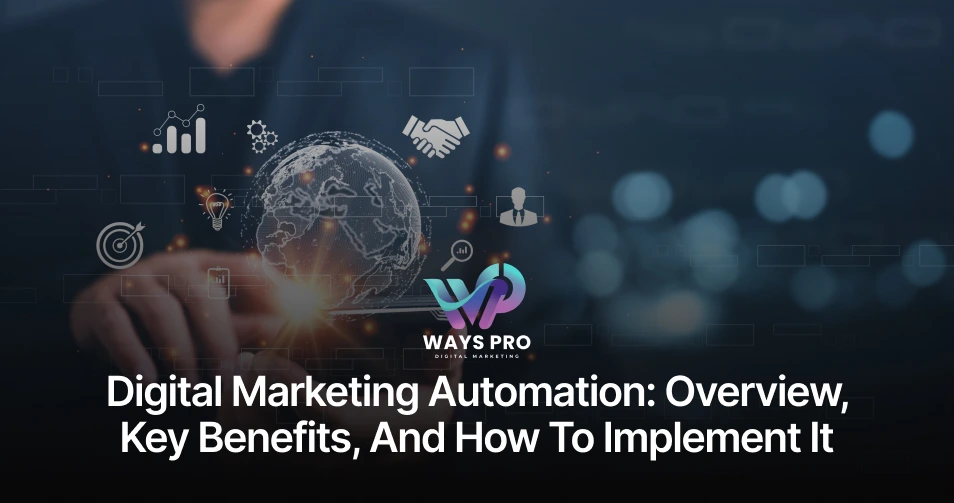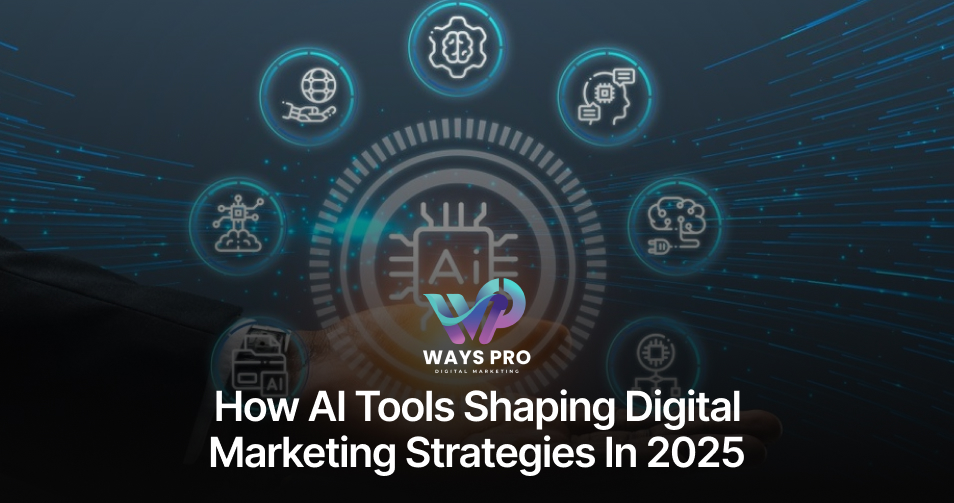In the rapidly evolving digital world, marketing strategies must be more efficient, personalized, and data-driven than ever before. Enter Digital Marketing Automation, a game-changing solution that empowers businesses to streamline operations, enhance customer engagement, and significantly boost ROI.
But what exactly is digital marketing automation, why is it so crucial today, and how can businesses effectively implement it?
In this guide, we’ll dive deep into the overview, major benefits, and steps to harness marketing automation to achieve sustainable growth.
What is Digital Marketing Automation?
Digital marketing automation refers to the use of software platforms and technologies to automate repetitive marketing tasks, manage workflows, and deliver tailored, data-driven campaigns across multiple digital channels such as email, social media, websites, and SMS.
At its core, marketing automation removes the manual burden from marketing teams, allowing them to focus on strategy, creative work, and relationship building instead of repetitive administrative tasks.
By setting up automated workflows, businesses can engage customers at the right time with personalized messages, track behaviors, nurture leads through the sales funnel, and continuously refine marketing efforts based on real-time analytics.
Why Digital Marketing Automation is More Important Than Ever

Today’s consumers expect personalized experiences, instant responses, and consistent communication across all platforms. Without automation, it’s nearly impossible for businesses to meet these high expectations—especially at scale.
Marketing automation bridges this gap by delivering the right message to the right person at the right time, analyzing user behavior to predict and respond to customer needs, and enabling marketing and sales teams to work seamlessly together to drive conversions.
In a digital-first world, marketing automation is no longer a luxury—it’s essential for staying competitive and achieving sustainable growth.
Major Benefits of Digital Marketing Automation
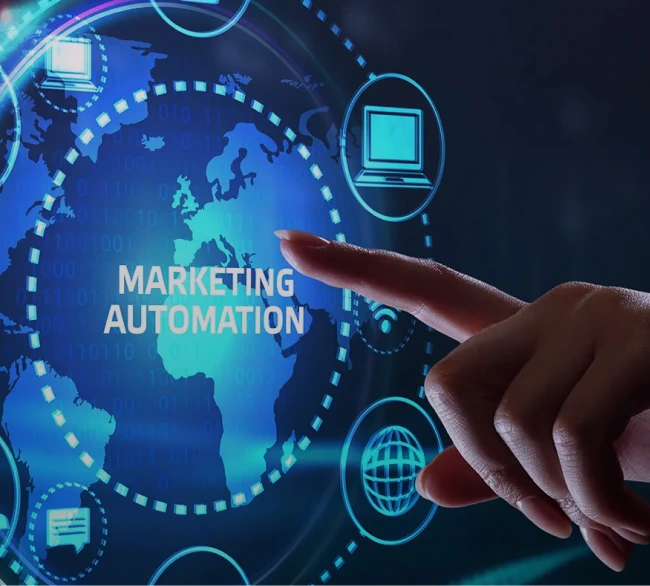
Let’s break down the key advantages of embracing digital marketing automation:
1. Time and Resource Savings
One of the most immediate benefits is the immense time and resource savings.
Tasks like:
- Sending out email newsletters
- Posting regularly on social media
- Following up with leads
- Scoring leads based on behaviors
…can all be automated.
This frees up marketing teams to focus on higher-value activities such as strategy development, creative storytelling, and building meaningful customer relationships.
Plus, automation reduces reliance on large teams, helping businesses optimize staffing and lower overhead costs.
Pro Tip: A well-configured automation system can often replace the workload of several team members, maximizing efficiency without sacrificing quality.
2. Improved Lead Nurturing and Management
Not every lead is ready to buy immediately — and that’s where lead nurturing comes into play.
Marketing automation tools track user behaviors and interactions, enabling businesses to send personalized content at the right moments based on actions such as website visits, email opens, downloads, or purchase history.
Features like:
- Automated drip email campaigns
- Lead scoring
- Behavior-triggered messages
…help move leads efficiently through the sales funnel until they’re ready to convert.
Ultimately, this results in shorter sales cycles and better conversion rates.
Example: A visitor downloads a whitepaper — the automation system sends a related case study two days later, followed by a free trial invitation a week later.
3. Enhanced Personalization and Segmentation
Consumers demand relevance. Automation platforms allow precise audience segmentation based on demographics, past behavior, buying preferences, and even psychographics.
With marketing automation, you can:
- Send customized product recommendations
- Deliver targeted offers based on user location or interests
- Personalize email subject lines, content, and offers
This hyper-personalization boosts:
- Engagement rates
- Open rates
- Click-through rates
- Customer loyalty and retention
Insight: Personalized emails deliver 6x higher transaction rates compared to non-personalized ones.
4. Better Data Analysis and Continuous Optimization
Marketing automation platforms come equipped with powerful analytics dashboards that provide real-time insights into campaign performance.
You can easily track:
- Open and click rates
- Conversion rates
- Website activity
- Sales attribution
Having access to such granular data empowers marketers to identify what’s working and what isn’t — enabling continuous optimization of strategies.
Key Point: With marketing automation, data isn’t just collected — it’s activated to drive smarter, faster decisions.
5. Increased Revenue and ROI
By nurturing leads more effectively, personalizing experiences, and optimizing campaigns, marketing automation directly impacts bottom-line revenue.
Businesses using marketing automation report:
- Higher lead-to-customer conversion rates
- Lower cost-per-acquisition (CPA)
- Increased average deal sizes
It also ensures that marketing budgets are spent wisely, focusing on channels and strategies that produce the highest return.
Fact: Companies that use marketing automation see a 451% increase in qualified leads, according to the Annuitas Group.
6. Consistent Omnichannel Marketing
Today’s customers engage with brands across multiple touchpoints—websites, email, social media, mobile apps, and more. Maintaining a consistent brand message across all these platforms manually is nearly impossible.
Marketing automation solves this by ensuring cohesive branding and messaging, seamless transitions between platforms, and unified customer journeys.
For example, a customer browsing a product on your website can automatically receive a reminder on Facebook or a follow-up SMS the next day, creating a smooth and personalized experience across channels.
7. Reduced Human Error
Manual processes often lead to mistakes, such as sending emails with broken links, misspelling customer names, or forgetting to follow up with a lead.
Automation helps minimize these errors by following predefined templates and workflows, ensuring greater consistency and accuracy in all communications.
By reducing human error, automation not only saves time but also helps maintain a more professional and reliable brand image.
Takeaway: Fewer errors mean a stronger brand reputation and better customer experiences.
8. Improved Collaboration Between Teams
Modern marketing automation platforms centralize all customer data and communication histories in one place.
This fosters stronger collaboration between marketing, sales, and customer support teams.
Benefits include:
- Unified view of each customer journey
- Better alignment on lead management
- Improved handoff from marketing-qualified leads (MQLs) to sales-qualified leads (SQLs)
Pro Tip: Sales and marketing alignment leads to a 36% higher customer retention rate and 38% higher sales win rates.
Summary Table: Key Advantages of Digital Marketing Automation
| Benefit | Description |
| Time & Resource Savings | Automates repetitive tasks, boosts productivity |
| Lead Nurturing & Management | Personalized workflows move leads through the funnel |
| Personalization & Segmentation | Highly targeted messaging based on behavior and demographics |
| Data Analysis & Optimization | Real-time performance insights for data-driven decision making |
| Revenue & ROI Growth | Increases sales, lowers acquisition costs |
| Omnichannel Consistency | Unified customer experiences across platforms |
| Reduced Human Error | Ensures accuracy and minimizes mistakes |
| Team Collaboration | Aligns marketing and sales departments |
How to Get Started with Digital Marketing Automation
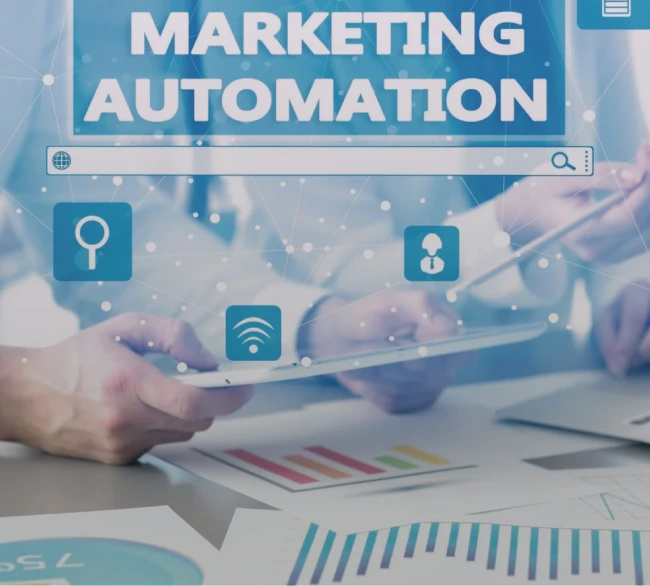
Ready to implement marketing automation? Here’s a simple step-by-step guide:
Step 1: Define Your Goals
Start with clear objectives:
- Are you trying to nurture leads?
- Improve customer retention?
- Drive more traffic to your website?
Setting measurable goals (e.g., 20% increase in lead conversion) will guide your automation strategy.
Step 2: Choose the Right Automation Platform
Popular marketing automation platforms include:
- HubSpot
- Marketo
- ActiveCampaign
- Pardot (Salesforce)
- Mailchimp (for small businesses)
Evaluate based on:
- Features (email marketing, CRM integration, lead scoring, social media automation)
- Pricing
- Ease of use
- Scalability
Step 3: Map Your Customer Journey
Understand the key touchpoints where automation can enhance the experience:
- Awareness stage: Automated welcome emails
- Consideration stage: Educational content drips
- Decision stage: Personalized offers
Create a visual flowchart mapping customer interactions with automated triggers.
Step 4: Build Workflows and Campaigns
Design workflows for:
- New lead onboarding
- Abandoned cart recovery
- Re-engagement campaigns
- Upselling and cross-selling campaigns
Make sure each workflow delivers timely, relevant content that moves the user closer to conversion.
Step 5: Integrate CRM and Other Tools
For marketing automation to be truly powerful, it must integrate seamlessly with your existing tech stack, especially your Customer Relationship Management (CRM) system.
Benefits of CRM integration:
- Provides a unified view of customer data
- Allows automated workflows to be triggered by real-time sales updates
- Ensures that marketing and sales teams work from the same data source
Other useful integrations to consider:
- Social media management platforms (e.g., Hootsuite)
- Analytics tools (e.g., Google Analytics)
- E-commerce platforms (e.g., Shopify, WooCommerce)
- Webinar or event platforms (e.g., Zoom, GoToWebinar)
Tip: The more connected your systems are, the more powerful and personalized your automated campaigns will be.
Step 6: Create High-Quality, Personalized Content
Automation can efficiently deliver your messages, but the content itself still needs to connect and engage with your audience. Focus on creating valuable blog posts, guides, and eBooks, along with personalized emails featuring dynamic content.
Develop social media posts that encourage genuine interaction and build landing pages tailored to specific audience segments. No matter how advanced the automation, content must feel authentic and human.
Customers can easily spot generic, templated messaging, so maintaining a genuine tone is essential for meaningful engagement.Pro Tip: Use dynamic content blocks to personalize emails and landing pages based on user behavior or preferences (e.g., showing different product recommendations based on past purchases).
Step 7: Set Up Lead Scoring and Segmentation
Not all leads are created equal—and not every visitor is ready to buy immediately. Implementing lead scoring and segmentation will help prioritize your efforts:
Lead Scoring: Assign points to leads based on actions (e.g., email opens, demo requests, downloads). Higher scores = more sales-ready.
Segmentation: Group audiences based on attributes like industry, behavior, location, past interactions, and buying stage.
This ensures that each lead receives the right communication at the right time, boosting both engagement and conversion rates.
Example: Leads who attended a webinar might receive a different email sequence compared to leads who simply downloaded a free guide.
Step 8: Test, Monitor, and Optimize
Marketing automation isn’t a “set it and forget it” solution. To achieve the best results, it’s essential to consistently test, monitor, and optimize your efforts. Start by A/B testing subject lines, content formats, and sending times to identify what resonates best with your audience.
Monitor key metrics such as open rates, click-through rates, and conversion rates to gauge performance. Analyze customer journeys carefully to spot any drop-off points where engagement declines. Based on these performance insights, continuously tweak and refine your workflows.
Optimization Tip: Start small with simple workflows and campaigns, then expand complexity as you gather data and experience.
Common Mistakes to Avoid in Digital Marketing Automation
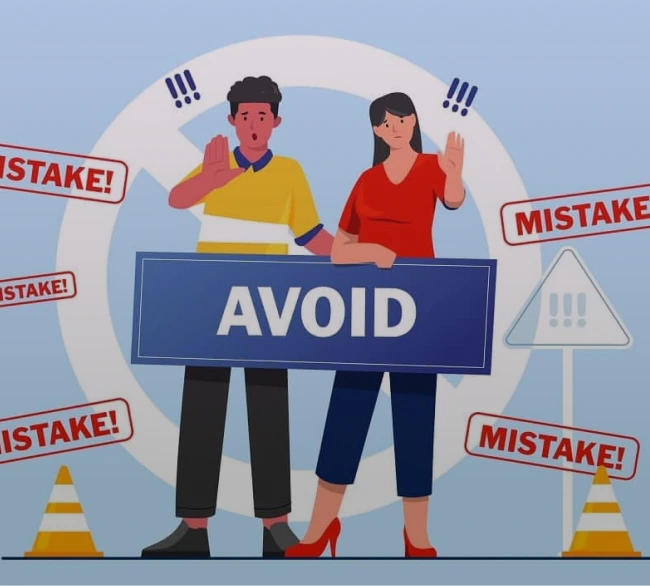
While automation offers huge benefits, there are pitfalls to watch out for:
- Over-automation: Too many emails or robotic interactions can turn customers off. Balance automation with human touches.
- Poor segmentation: Sending irrelevant content can hurt your brand reputation and cause unsubscribes.
- Ignoring analytics: If you’re not tracking results, you’re missing opportunities to optimize.
- Buying lists: Always build your own opt-in audiences. Purchased lists often result in low engagement and legal risks.
- Neglecting updates: Keep your automated workflows fresh and relevant. Audiences change, and so should your messaging.
By being mindful of these mistakes, you’ll set your automation strategy up for long-term success.
Final Thoughts: Why Digital Marketing Automation is Essential for Growth
In an increasingly competitive digital landscape, digital marketing automation is no longer optional—it’s foundational to growth.
Whether you’re a startup looking to scale quickly or an established business aiming to sharpen your marketing edge, automation enables you to work smarter, not harder.
However, success doesn’t just come from using automation tools—it comes from strategically planning, executing, optimizing, and continuously improving your marketing automation strategy.

